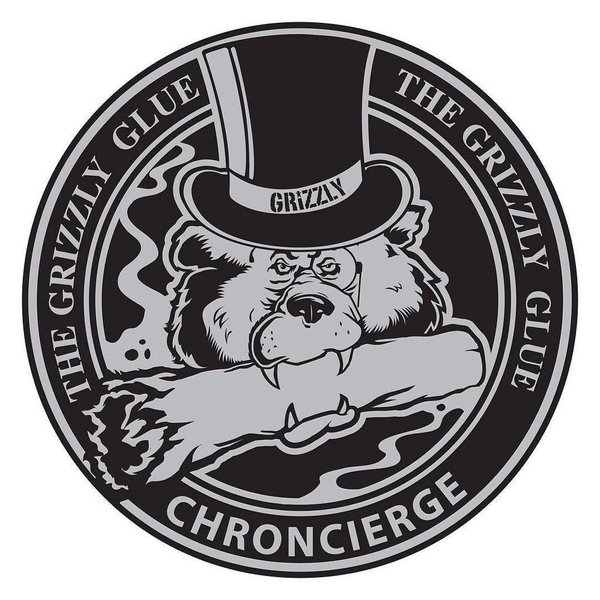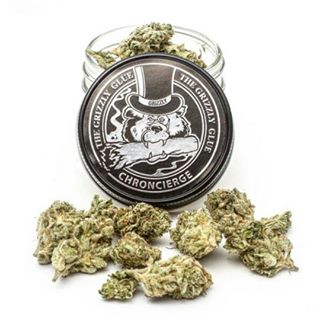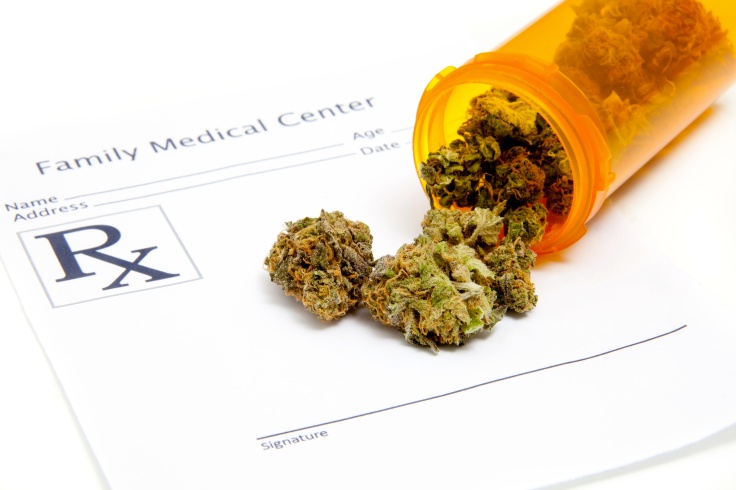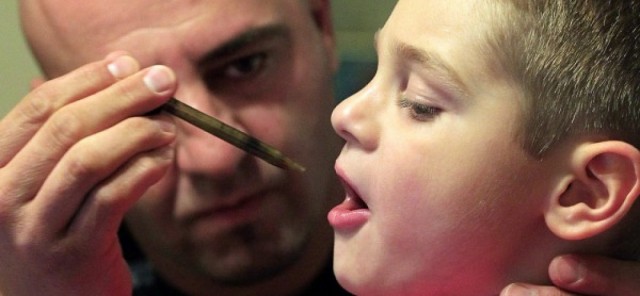11362.3.
(a) Nothing in Section 11362.1 shall be construed to permit any person to:
(1) Smoke or ingest marijuana or marijuana products in any public place, except in accordance with Section 26200 ofthe Business and Professions Code.
(2) Smoke marijuana or marijuana products in a location where snioking tobacco is prohibited. (3) Smoke marijuana or marijuanaproducts within 1,000feet ofa school, day care center, or
youth center while children are present at such a school, day care center, or youth center, except in or upon the grounds ofa private residence or in accordance with Section 26200 ofthe Business and Professions Code or Chapter 3.5 ofDivision 8 ofthe Business and Professions Code and only ifsuch smoking is not detectable by others on the grounds ofsuch a school, day care center, or youth center while children are present.
(4) Possess an open container or open package ofmarijuana or marijuana products while driving, operating, or riding in the passenger seat or compartment ofa motor vehicle, boat, vessel, aircraft, or other vehicle usedfor transportation.
(5) Possess, smoke or ingest marijuana or marijuana products in or upon the grounds ofa school, day care center, or youth center while children are present.
(6) Manufacture concentrated cannabis using a volatile solvent, unless done in accordance with a license under Chapter 3.5 ofDivision 8 or Division 10 ofthe Business and Professions Code. (7) Smoke or ingest marijuana or marijuana products while driving, operating a motor vehicle, boat, vessel, aircraft, or other vehicle usedfor transportation.
(8) Smoke or ingest marijuana or marijuana products while riding in the passenger seat or compartment ofa motor vehicle, boat, vessel, aircraft, or other vehicle usedfor transportation except as permitted on a motor vehicle, boat, vessel, aircraft, or other vehicle usedfor transportation that is operated in accordance with Section 26200 ofthe Business and Professions Code and while no persons under the age of21 years are present.
(b) For purposes ofthis section, “day care center” has the same meaning as in Section 1596. 76. (c) For purposes o f this section, “smoke” means to inhale, exhale, burn, or carry any lighted or heated device or pipe, or any other lighted or heated marijuana or marijuana product intended
for inhalation, whether natural or synthetic, in any manner or in any form. “Smoke” includes the use ofan electronic smoking device that creates an aerosol or vapor, in any manner or in any
form, ortheuseofanyoralsmokingdeviceforthepurposeofcircumventingtheprohibitionof smoking in a place.
(d) For purposes ofthis section, “volatile solvent” means volatile organic compounds, including: (1) explosive gases, such as Butane, Propane, Xylene, Styrene, Gasoline, Kerosene, 02 or H2; and (2) dangerous poisons, toxins, or carcinogens, such as Methanol, Jso-propyl Alcohol, Methylene Chloride, Acetone, Benzene, Toluene, and Tri-chloro-ethylene.
(e) For purposes ofthis section, “youth center” has the same meaning as in Section 11353.1.
(/) Nothing in this section shall be construed or interpreted to amend, repeal, affect, restrict, or
preempt laws pertaining to the Compassionate Use Act of1996.
11362.4.
(a) A person who engages in the conduct described in paragraph (I) ofsubdivision (a) ofSection 11362.3 is guilty ofan infraction punishable by no more than a one hundred dollar ($100) fine;
provided, however, thatpersons under the age of18 shall instead be required to completefour hours ofa drug education program or counseling, and up to 10 hours ofcommunity service, over





















You must be logged in to post a comment.